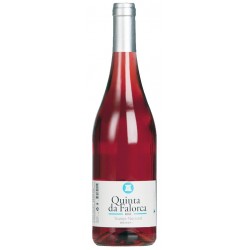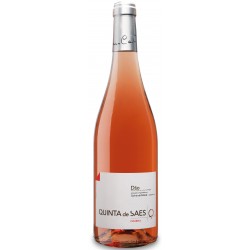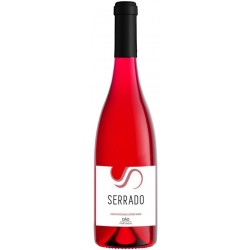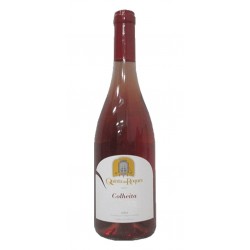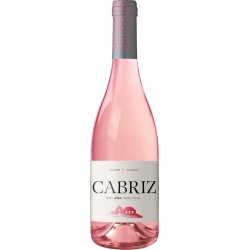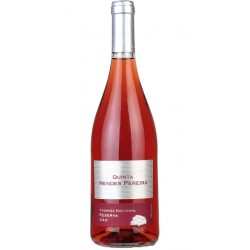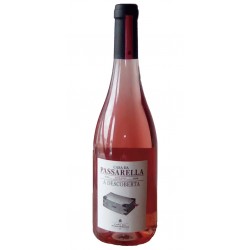Email info@presigewinesportugal.com
- EUR €
Rose
Dão is a Portuguese wine region situated in the região demarcada do Dão, located in the north center region of Portugal in the sub region of Dão-Lafões. Dão wine is produced in a mountainous soil, with a temperate climate , crossed by Rio Mondego and Dão River. The wine region is located primary on the plateau, sheltered by granite mountain ranges of serra da estrela, serra caramulo and serra da nave, and has a climate away from the Atlantic Ocean, but with abundant rainfall in the winter months and long warm dry summers. The Dão wine has several varieties of indigeneous grapes, with the majority of wine production being made from the Touriga Nacional, Tinta Roriz, Jaen Alfrocheiro Preto, and Encruzado. The Dão region produces 80% red wine, where 20% of the production is Touriga Nacional. The following section of wines is composed by Rosé Wines, also known as Rosado, is made from a wide variety of grapes, and may be the oldest known type of wine. It incorporates some of the color from the grapes skin, but not enough to qualify it as a red wine, and can be found across the globe. The color of Rose wine can range from a pale orange to a vivid near purple, depending the grape varieties used and the winemaking techniques. The skin contact is one of the methods to produce rosé wine, when the black-skinned grapes are crushed and the skins are allowed to remain in contact with the juice from one to three days period. The Saignée (from French bleeding) method is applied when the winemaker desires to impart more tannin and color to a red wine, where some of the pink juice can be removed at an early stage. The Vin Gris are wines made from the immediate pressing of red skin grapes without any maceration time.

